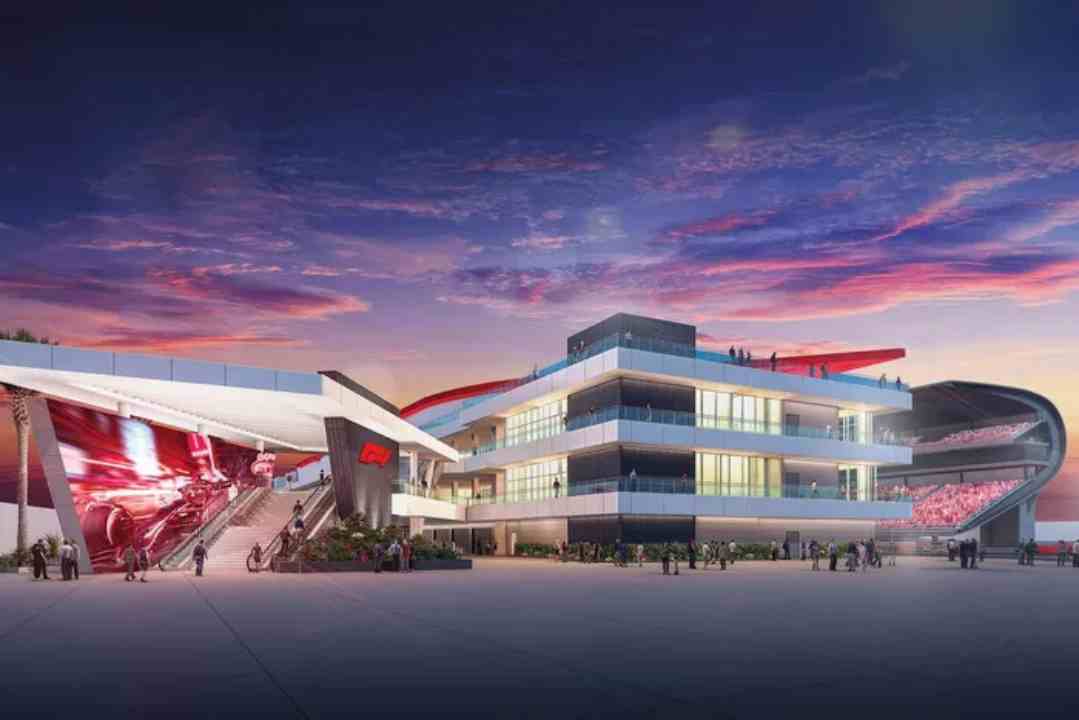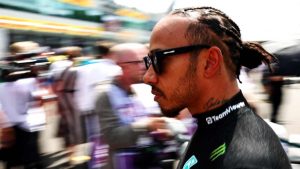Evolving strategies: FIA’s approach to handling slow cars in F1 qualifying

The New Approach After the Italian Grand Prix
After the Italian Grand Prix, the FIA initiated a new approach to handling slow cars during Formula 1 qualifying sessions. This strategy aimed to eliminate issues where slower cars obstructed faster ones. It introduced a maximum time limit for each lap during qualifying, in addition to the existing minimum speed requirement.
Predictability and Safety as Key Goals
The primary objective of this new approach is to enhance predictability and safety during qualifying sessions. By setting a maximum lap time, it ensures that cars on hot laps are not impeded by slower cars on their out-laps. This change aims to reduce the risk of accidents caused by unexpected slowdowns and traffic congestion.
Challenges and Adaptations
While the new approach offers benefits in terms of predictability and safety, it may not be suitable for all circuits. For instance, in Japan, drivers preferred slower out-laps to keep their tires cool before qualifying efforts. Conversely, at venues like Las Vegas with cold temperatures, drivers might need more aggressive out-laps to achieve the optimal tire temperature.
Mercedes trackside engineering director Andrew Shovlin highlights that the FIA acknowledges the limitations of this approach and remains open to necessary adjustments. While the governing body continues to fine-tune its approach to handling traffic issues in qualifying, not all drivers are content with the current format. Some, like Fernando Alonso, have raised concerns, questioning the suitability of the existing format in the context of modern F1’s complexities, including hybrid engines and tire management regulations.
The FIA’s commitment to addressing traffic concerns in qualifying reflects Formula 1’s ongoing evolution, where safety, predictability, and competitiveness must be carefully balanced during race weekends.





